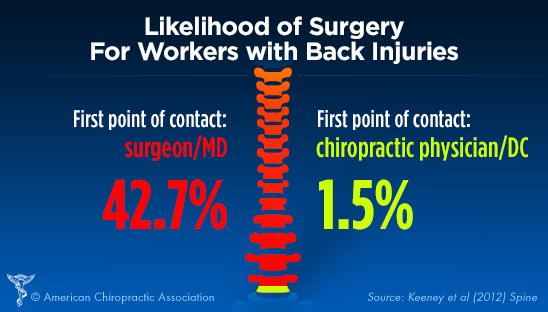Get Ready To Explore The Interesting World Of Cellular Interactions In Cold Laser Therapy And How It Uses Light To Facilitate Healing. Take A Much Deeper Study The Scientific Facets!
Get Ready To Explore The Interesting World Of Cellular Interactions In Cold Laser Therapy And How It Uses Light To Facilitate Healing. Take A Much Deeper Study The Scientific Facets!
Blog Article
Authored By-Rosendahl Peters
You may have heard of cold laser treatment as a promising therapy option for numerous conditions, however have you ever questioned exactly how it in fact deals with a mobile degree? Comprehending the mechanisms behind this treatment can shed light on its efficiency in advertising healing and decreasing inflammation. By exploring the science behind cold laser therapy, you'll obtain understandings into the interesting ways in which light can affect mobile processes and assist in tissue repair.
How Cold Laser Treatment Functions
To recognize how cold laser treatment functions, you require to grasp the basic principles of just how light power communicates with biological tissues. https://www.medicalnewstoday.com/articles/170796 , likewise known as low-level laser treatment (LLLT), uses certain wavelengths of light to permeate the skin and target underlying tissues. Unlike the extreme lasers used in surgical procedures, cold lasers give off low degrees of light that do not generate warmth or trigger damages to the tissues.
When these gentle light waves get to the cells, they're soaked up by components called chromophores, such as cytochrome c oxidase in mitochondria. https://chiropracticspecialtyclin95173.blogadvize.com/34397714/acquaint-yourself-with-the-advantages-of-cold-laser-treatment-in-2024 activates a series of organic feedbacks, consisting of increased cellular power production and the launch of nitric oxide, which improves blood flow and decreases swelling.
Moreover, the light energy can also stimulate the manufacturing of adenosine triphosphate (ATP), the power currency of cells, aiding in mobile repair service and regrowth processes.
In essence, cold laser treatment utilizes the power of light power to promote recovery and minimize pain in a non-invasive and mild fashion.
Mechanisms of Activity
How does cold laser therapy really work to create its restorative effects on organic tissues?
Cold laser treatment, additionally called low-level laser treatment (LLLT), runs through a process known as photobiomodulation. When the cold laser is put on the skin, the light energy permeates the cells and is soaked up by chromophores within the cells.
These chromophores, such as cytochrome c oxidase in the mitochondria, are then boosted by the light energy, resulting in a cascade of biological reactions. One crucial device of activity is the improvement of mobile metabolic rate.
The taken in light power enhances ATP production in the mitochondria, which is crucial for mobile function and repair. In addition, cold laser treatment aids to lower swelling by hindering inflammatory conciliators and promoting the release of anti-inflammatory cytokines.
This anti-inflammatory impact contributes to discomfort alleviation and tissue healing.
Healing Results
Comprehending the therapeutic results of cold laser therapy involves recognizing just how the enhanced mobile metabolic process and anti-inflammatory properties add to its favorable end results on organic cells.
When the cold laser is applied to the affected location, it boosts the mitochondria within the cells, causing boosted production of adenosine triphosphate (ATP), which is essential for cellular function and fixing. This boost in cellular power accelerates the recovery process by promoting cells regeneration and decreasing swelling.
Moreover, the anti-inflammatory residential properties of cold laser therapy aid to lower pain and swelling in the targeted area. By hindering inflammatory moderators and advertising the launch of anti-inflammatory cytokines, cold laser treatment aids in reducing discomfort and improving the overall recovery action.
This decrease in inflammation not only supplies immediate relief but also supports long-lasting tissue repair work.
Final thought
Finally, cold laser therapy functions by boosting cellular repair work and tissue regrowth with photobiomodulation. Its anti-inflammatory properties offer discomfort alleviation and minimize swelling by inhibiting inflammatory arbitrators.
This treatment offers an extensive strategy to healing, providing both immediate relief and lasting tissue fixing advantages.
With its devices of activity, cold laser therapy proves to be an effective and appealing treatment choice for a selection of conditions.
